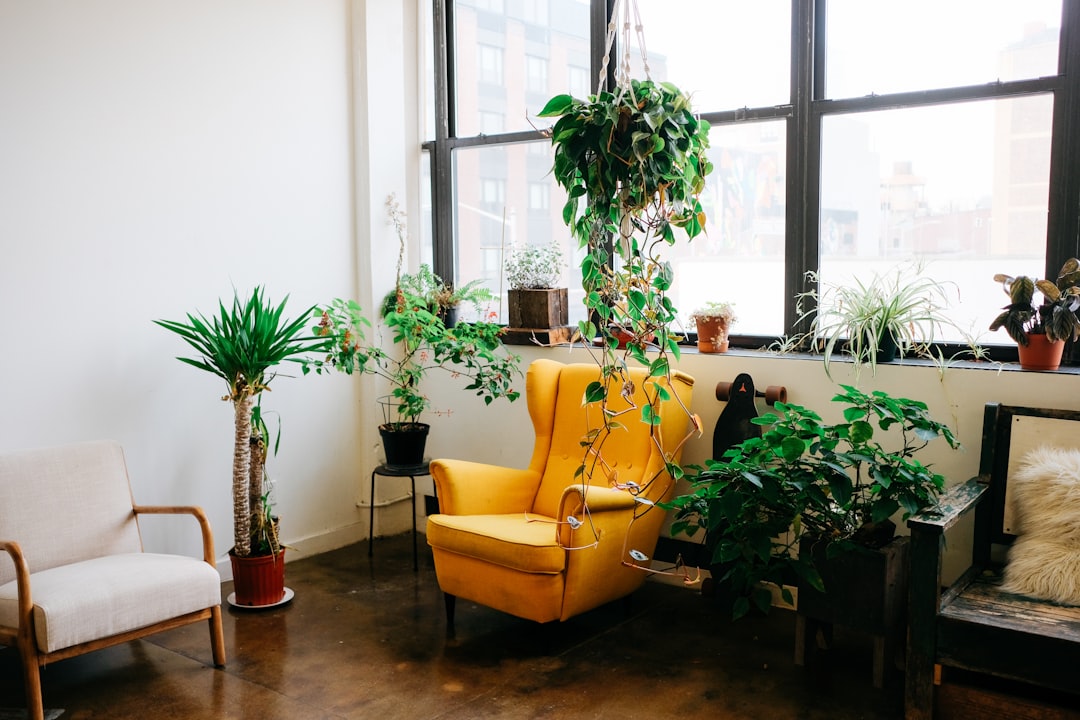Light is life for plants. It’s their source of energy and the foundation of photosynthesis, the process by which they convert light into food. Whether you’re a seasoned plant parent or just getting started, understanding the importance of light—and how to provide the right kind—can make all the difference in your indoor gardening success.
In this post, we’ll explore the role of light in plant health, compare natural and artificial light, and help you determine the best lighting setup for your indoor plants.
Why Light Is Essential for Indoor Plants
Plants use light to produce energy through photosynthesis. The amount and quality of light directly affect their growth, color, flowering, and overall health. Without adequate light, your plants may struggle to thrive, exhibiting symptoms like:
-
Leggy Growth: Long, weak stems as plants stretch toward light.
-
Yellowing Leaves: A sign of insufficient energy production.
-
Stunted Growth: Slow or no new growth due to a lack of resources.
The key to thriving houseplants is providing the right amount of light, in the right intensity, for the right duration.
Natural Light: The Original Energy Source
Natural sunlight is ideal for plants because it offers the full spectrum of light that they need to grow. However, not all homes receive the same amount or quality of natural light.
Factors That Affect Natural Light Indoors
-
Direction of Windows:
-
North-facing: Low light, ideal for low-light plants like pothos and peace lilies.
-
East-facing: Morning sunlight, perfect for moderate light plants like calatheas.
-
South-facing: Bright, consistent light for sun-loving plants like succulents and cacti.
-
West-facing: Intense afternoon sunlight, good for hardy plants like jade and rubber trees.
-
-
Seasons: Light levels change with the seasons, especially in regions with significant shifts in daylight hours.
-
Obstructions: Trees, buildings, or curtains can block sunlight, reducing its intensity.
Maximizing Natural Light for Your Plants
-
Place plants near windows with the appropriate light intensity.
-
Rotate your plants regularly to ensure even growth.
-
Use sheer curtains to diffuse harsh sunlight for sensitive plants.
Artificial Light: A Modern Solution
For homes with limited natural light, artificial lighting can be a game-changer. With advancements in technology, artificial lights can now mimic the sun’s spectrum, providing plants with the energy they need to thrive.
Types of Artificial Lights for Plants
-
LED Grow Lights:
-
Energy-efficient, long-lasting, and customizable to emit specific wavelengths of light.
-
Best for: A wide range of plants, from low-light to sun-loving varieties.
-
-
Fluorescent Lights:
-
Affordable and effective for small to medium-sized plants.
-
Best for: Low to moderate light plants like ferns and pothos.
-
-
Incandescent Lights:
-
Produces more heat than light, making them less efficient for plants.
-
Best for: Supplemental light but not as a primary source.
-
-
High-Intensity Discharge (HID) Lights:
-
Powerful lights often used in greenhouses or larger setups.
-
Best for: Advanced plant growers or large indoor gardens.
-
How to Use Artificial Light Effectively
-
Position the light 6–12 inches away from the plant, depending on the light’s intensity.
-
Provide 12–16 hours of light per day for most plants.
-
Choose a full-spectrum grow light for balanced light that supports both growth and flowering.
Natural vs. Artificial Light: Which Is Better?
Feature Natural Light Artificial Light Spectrum Full spectrum, ideal for all plants Customizable, mimics sunlight Intensity Varies based on window direction and season Adjustable with grow light settings Availability Limited to daylight hours Available anytime Cost Free Initial cost for lights and energy use Flexibility Limited to existing windows Can be set up anywhere indoorsNatural light is unbeatable for plants that can access it, but artificial light is an excellent alternative or supplement, especially for homes with poor light conditions.
Matching Plants to Light Levels
Understanding your plant's light needs is critical. Here are common houseplants and their preferred light conditions:
Low Light Plants
-
Snake plant (Sansevieria)
-
ZZ plant (Zamioculcas zamiifolia)
-
Peace lily (Spathiphyllum)
Tip: Place them in north-facing rooms or corners with artificial light.
Medium Light Plants
-
Philodendron
-
Spider plant (Chlorophytum comosum)
-
Calathea
Tip: Use east-facing windows or a combination of natural and artificial light.
Bright Light Plants
-
Succulents
-
Fiddle leaf fig (Ficus lyrata)
-
Rubber plant (Ficus elastica)
Tip: Place these plants near south-facing windows or under LED grow lights.
Tips for Balancing Light Sources
-
Combine Natural and Artificial Light: Supplement dim natural light with grow lights to ensure your plants get adequate exposure.
-
Adjust Light Levels Over Time: Monitor your plants for signs of too much or too little light and adjust their positioning or lighting setup as needed.
-
Rotate Plants: Rotate plants weekly to ensure even growth and prevent them from leaning toward the light source.
-
Monitor Burn Risks: Keep artificial lights at a safe distance to prevent leaves from scorching.
Conclusion
Light is one of the most critical factors for indoor plant success. While natural light is ideal, artificial light offers a practical and flexible solution for homes without abundant sunlight. By understanding your plants’ light requirements and providing the right type of light, you’ll create an environment where they can flourish year-round.
Do you use natural light, artificial light, or a combination of both for your plants? Share your experiences and tips in the comments below!

Comments
No comments yet. Be the first to comment!
You must be logged in to comment. Login